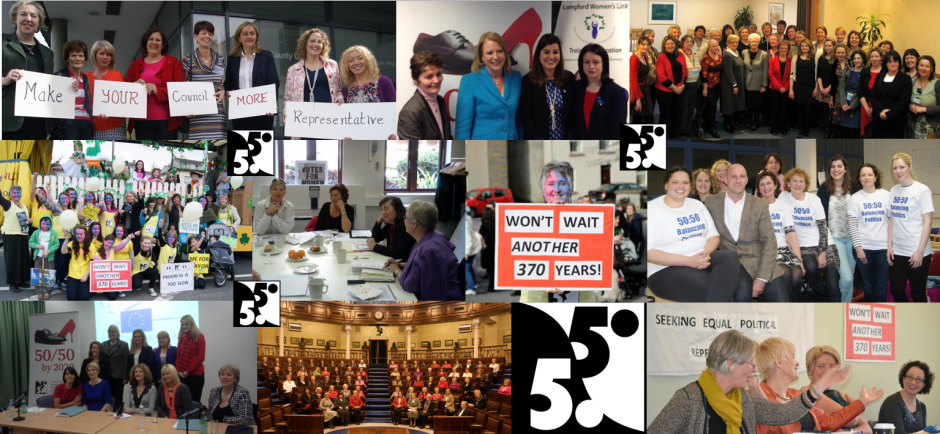Claire McGing, Government of Ireland IRCHSS scholar and John and Pat Hume scholar, NUI Maynooth
_______________________________________________
In May 2011, Phil Hogan, Minister for the Environment, Community & Local Government, announced his intention to introduce legislation whereby political parties must ensure that 30% of their general election candidates are women and 30% are men.
The proposed sanction for non-compliance is very strict: parties face losing 50% of their annual funding from the state if they fail to meet the quota requirement. The proposed legislation is due to come into effect at the next general election.
Objectors
Objectors question why a quota must come through the law, as opposed to parties individually taking it upon themselves to balance their tickets by gender.
With the exception of the Progressive Democrats, all mainstream Irish political parties have already introduced some type of internal candidate gender quota or targets for elections since the 2000s, and some much earlier than this period.
In the absence of strict enforcement procedures, however, the targeted percentage of women candidates and/or representatives is rarely reached (if ever).
While the Scandinavian experience shows that voluntary quotas can be very successful in increasing female parliamentary representation, change does not occur in a vacuum. The success of voluntary gender balancing is highly dependent on the context in which it is introduced, requiring a high level of commitment to change by party elites and members, the type of electoral system in place (the literature shows that, with large constituencies and a mechanism to allow candidates to be ‘zipped’ by gender, list PR is the most ‘women-friendly’ system), and an egalitarian culture in which gender equality is placed high on the agenda.
Voluntary mechanisms have been tried & tested by Irish parties…
usually to disappointing results. This is largely due to the fact that parties allocate very little funding into methods for promoting women’s participation as activists and candidates.
Under Section 18 of the Electoral Act, 1997, parties in receipt of funding from the Exchequer are required to ‘include provision in respect of expenditure by the party in relation to the promotion of women and young persons in political activity’.
Expenditure for all given purposes must be declared at the end of each year and this data is freely available from the Standards in Public Office Commission
Between 2002-2010, parties with Dáil representation received €45.1m in funding from the taxpayer under the Electoral Act.
Just 2% (€860, 366) of this was spent on encouraging the participation of women.With a figure of 3% (€1.4 million), a slightly higher financial priority is given to promoting young people in parties, but it is still worryingly low.
Party expenditure on promoting the participation of women, 2002-2010, as required by the 1997 Electoral Act
Although no party has exceeded allocating 10% of their funding to this purpose, Sinn Féin and Labour have spent the most in relative terms.
This is unsurprising as international literature shows that parties on the left & left-of-centre tend to give more priority to political gender issues than parties elsewhere on the spectrum.
The Progressive Democrats never declared any expenditure on women. As the two largest parties at the time, the figures for Fianna Fáil and Fine Gael are very poor.
Peaks emerge for both between 2003-4, mainly due to the fact both undertook reports on women’s involvement in the party and concluded with a number of targets for future elections.
Unfortunately, funding was not retained at this level. Fine Gael progressively spent less annually, while Fianna Fáil spent nothing on promoting females between 2005-7 – despite the lead up to the general election.
While spending reached a peak for Sinn Féin and Labour for the 2009 local elections, Fine Gael spent just 0.1% that year. Fianna Fáil slightly increased their expenditure in 2008 to 0.7%.
Conclusion
These figures show why the ‘soft’ approach to bringing more women into politics has failed. Despite setting themselves ambitious targets, parties showed little impetus for taking the steps needed to meet them.
Promoting women’s political participation requires a diverse range of methods and requires adequate funding to be put in place.
By potentially facing significant financial losses, a legislative gender quota will ensure that parties are finally given the ‘push’ they need to encourage then to implement a credible gender strategy. As it is parties are not living up to their side of the deal.

